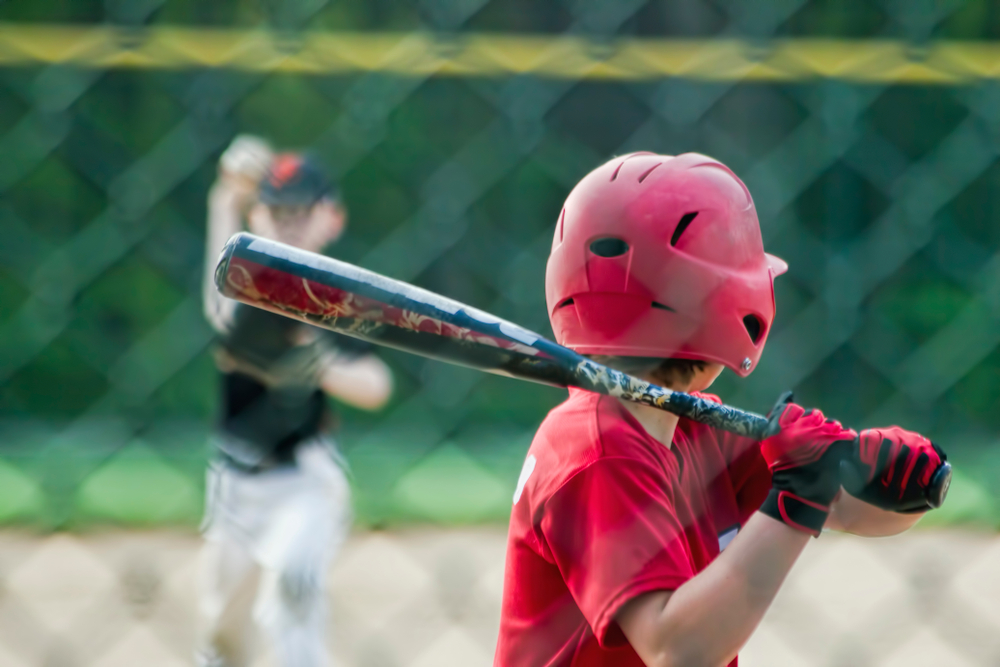Arguably the most crucial piece of equipment for your athlete is their glove. Your player’s needs will vary based on age, position, and level of play. Learn a few things to consider when shopping for a youth baseball glove.
Related Post: How to Train for Youth Baseball Tournaments
Parts of Youth Baseball Gloves
To start, let’s break down the different parts of a baseball glove.
Typically just above your palm, the pocket is where the ball naturally settles into the glove. Generally speaking, the deeper the pocket, the easier it is to catch the ball.
Web
The web is the space between your thumb and forefinger, either closed/basket (catcher, pitcher) or with striped patterns (H Web/I Web/Cross for infielders).
Heel
The heel is the heavily-padded portion covering the bottom of your hand.
Hinge
Extremely important to breaking in your glove, the hinge is the line where your glove folds. It starts near the bottom of your pinky finger (near the heel) and usually runs through the web.
Youth Baseball Gloves By Position
Infield gloves are the smallest on the field for easy transfers from glove to throwing hand. They have a shallow pocket and short fingers.
Pitcher gloves are similar in size to infield gloves, often with closed webs to conceal pitch grips and communication with the catcher.
Outfield gloves have deep pockets and long fingers for maximum reach and security.
First base mitts are longer than other gloves, have conjoined fingers, and a flat back panel to help scoop low and errant throws. They’re deep-pocketed, making transfers more challenging. However, that’s a task first basemen rarely execute.
A catcher’s mitt is well-padded with a basket pocket for comfortable, instinctive receiving.
Baseball Glove Material
Synthetic gloves are made of plastics, cloth, and other materials to create a lightweight, soft, and inexpensive glove. They’re typically intended for introductory players. These gloves are low quality and won’t mold to a player’s hand. Nor are they geared for impact resistance; however, they are an excellent first glove for kids.
If your player is interested in continuing baseball after 10 or 12 years old, it may be time to upgrade to something more permanent and of higher quality. Leather gloves can be broken in (over time) to fit a player’s hand perfectly. They can get expensive, especially with premium full-grain leathers, but they are long-lasting.
How much should a youth baseball glove cost?
You can find synthetic youth baseball gloves for less than $20 at major retailers. Leather mitts start around $60 and can cost as much as a few hundred for premium models.
Host Your Next Youth Baseball Tournament at BoA
Here at Ballparks of America, we live and breathe youth travel baseball. We’re the premier destination for stay-and-play baseball tournaments in the country. Sign up for a tournament or reach out to us with a question.





